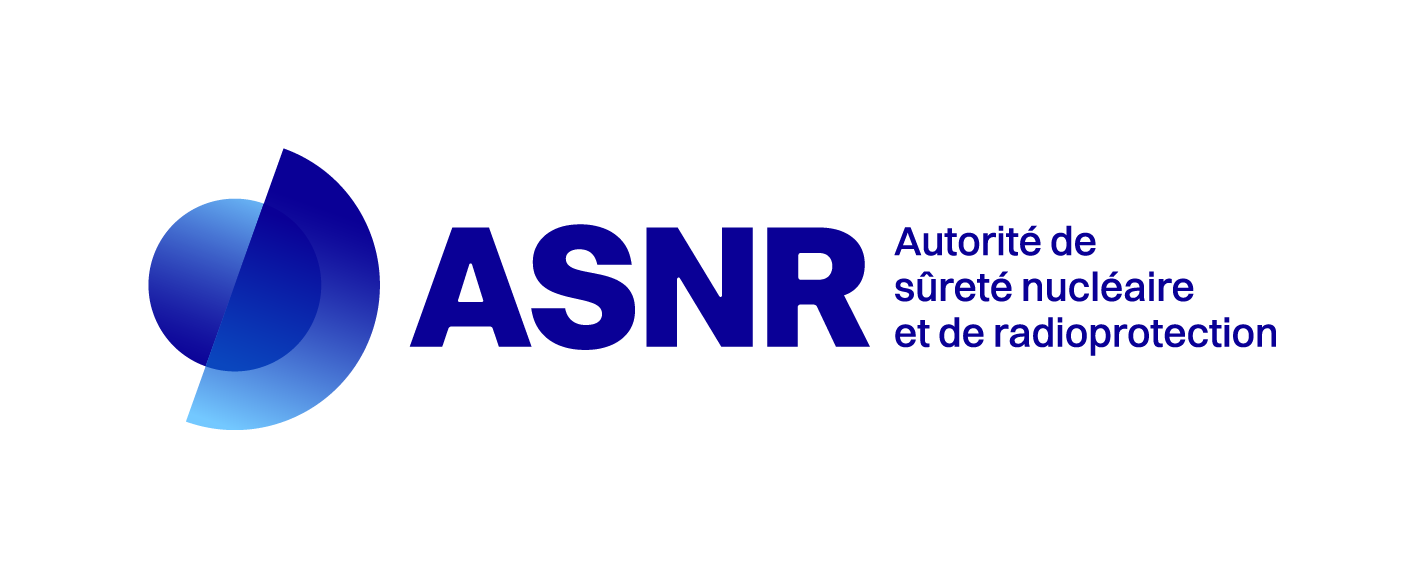A new approach to investigate secondary hydriding phenomenon on M5Framatome clads under High -Temperature LOCA conditions
Nouvelle approche pour étudier le phénomène d'hydruration secondaire sur les gaines M5Framatome dans des conditions d'APRP
Résumé
The focus of this study is about a new experimental approach for a separate effects study of the secondary hydriding phenomenon under LOCA conditions. Many nuclear institutes perform semi–integrals tests to study the cladding behaviour during a LOCA transient. Those tests combined several phenomena and performing a detailed analysis of the secondary hydriding phenomenon using these tests can be challenging. A dedicated experimental protocol aiming at simulating secondary hydriding has been set up. Separate effects tests (SETs) were then carried out using this protocol to study the effects of both oxidation duration and temperature, on the hydrogen absorption during the oxidation stage of the LOCA transient on M5Framatome1 cladding. The effects of gap size were also investigated. Metallographic analysis has been used to characterise the M5Framatome clad metallurgical transformation after the high–temperature (HT) oxidation.




